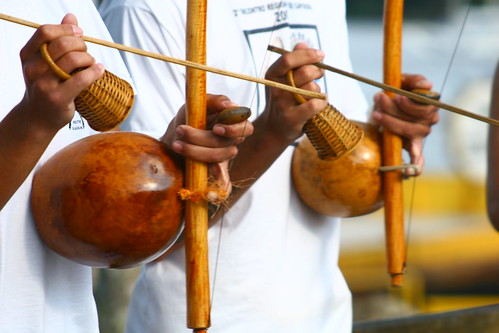From Tijuana to Sao Paulo
1. Ethnocentric terms include Old World and Middle East. T / F
2. Peanuts, pecans and potatoes were indigenous to Mesoamerica. T / F
3. The bean known as __ traveled from the Arabian peninsula to Europe to Mesoamerica.
4. Sugarcane was a crop indigenous to __ . a) Mesoamerica b) Asia c) Africa d) Europe.
5. Indigenous peoples in the Americas were decimated by disease following incursion by the a) slavers b) Africans c) aliens d) Europeans.
6. The Aztecs built cities and giant pyramids at Teotihuacan and Chichen Itza in central Mexico. T / F
7. The Aztec and Maya religious duty of __ __ was abhorrent to the Spanish.
8. The victorious leader of the Spanish conquistadores in the war with the Aztec was __ . a) Montezuma b) Cortez c) Avocado d) Zocalo.
9. It is a historic object of 24 tons that demonstrates high achievement in geometry and physics; it is the __ developed by Aztec astronomers.
10. Population growth by __ Americans represented the highest rate of ethnic increase.
11. US population: 72% __ . a) White b) African-American c) Latino d) Asian.
12. US population: 13% __ . a) White b) African-American c) Latino d) Asian.
13. US population total is approximately __ million.
14. The largest Brazilian cities are a) Sao Paulo and b) Rio de Janeiro. The metropolitan population of __ is about 11 million as opposed to the 6 million of the other city.
15. The national language of Brasil is not Spanish or English; it is __ . Must be spelled correctly.
16. Brasil's culture is famous for a nation-wide focus on futbol and __ . a) capoeira b) samba c) drumming, or percussion d) manufacturing.
17. Above is an instrument composed of string and stick, rock, gourd, shaker and stickette.
It is used to accompany the African martial arts-based dance called a) capoeira b) samba c) quilombo d) berimbau.
skip to main |
skip to sidebar
For students and parents who love education and exploration of the social sciences . . .
Search This Blog
Followers
Blog Archive
-
▼
2012
(254)
-
▼
October
(28)
- Mexican celebration that is spreading across the U...
- German corporation, Benteler Steel Tube, to build ...
- Lap Height More: The Five (5) Themes of Geography
- Metro populations in South America
- Mexico City snacks: chapulines, or toasted grassho...
- Quiz on the Americas, from Mexico to Brasil
- "Bom dia!" an intro to Brasil
- The impoverished nation of Mexico: type 3 multiple...
- Chicanos and the Browning of the US
- Teen crime in Shreveport trending downward, says J...
- Aztec Calendar stone or Sun stone, National Museum...
- Deborah Morehead, clad in salwar kameez, presents ...
- Aztecs and Mayas created amazing monuments
- Gulf coast neighbors: Mexico and Louisiana
- Columbian exchange: cashews, cacao beans, chicle, ...
- Avocados, cashews, chocolatl and the Columbian Exc...
- Assignment: brief presentations Oct 15-16 on a Lat...
- Geography and American affluence
- Comparing the relatively affluent Canada to the re...
- Create an Online Portfolio; keep a record of achie...
- Pacific-oriented geology quiz
- Social Studies Fair Project based upon the scienti...
- Cirque du Soleil: a world-class creation from Queb...
- canada: important neighbor
- California: the coast and Silicon Valley
- Not enough female types in Silicon Valley: Sheryl ...
- Earth's circular and drippy Rain Cycle
- Geo / plate tectonics
-
▼
October
(28)

